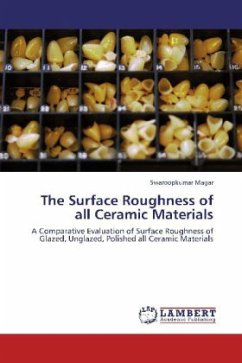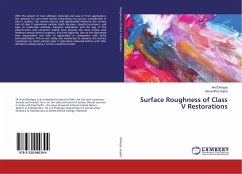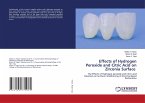The surface finish of ceramic restorations is important with respect to esthetics, strength, wear of opposing teeth. Hence, glazing has always been advocated as the last surface treatment before final cementation. It is a common practice for clinicians to adjust the porcelain surfaces of dental prostheses. Various options are available like unglazing, polishing and glazing. The change in surface roughness after different surface finishing techniques has attracted the attention of prosthodontist regarding wear of opposing teeth, the strength, plaque retention and appearance of restorations.Currently there exists a considerable controversy over applying the best method to achieve the smoothest and strongest porcelain restoration. In the literature contrasting opinions have been reported by different research groups regarding testing different ceramic materials and surface finishing techniques i.e. auto glazing, over glazing and polishing with a variety of instruments.








